Pipe Threaders
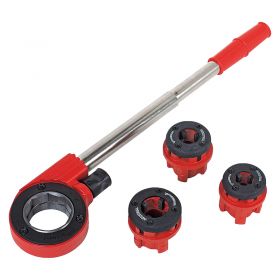
- Available in 1/2-1", 1/2-1.1/4" & 1/2-2" BSPT
- Convenient, lockable conversion of the ratchet direction
- Optimal cutting geometry allowing lightweight portion and excellent chip flow
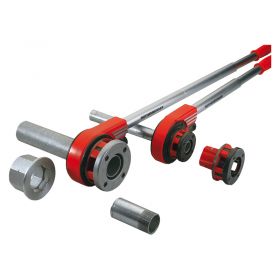
- Available in 1/2-1.1/4" & 1/2-2" NPT
- Convenient, lockable conversion of the ratchet direction
- Optimal cutting geometry allowing lightweight portion and excellent chip flow
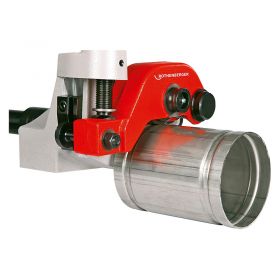
- Use with tripod stands mounted for use with Rothenberger’s Supertronic Handheld Threaders
- Use with other popular threading machines
- Supplied with a drive shaft, 2-6” depth gauge, and a ratchet lever
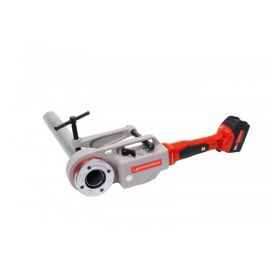
- Battery-powered, cordless design for on-site mobility
- Off-set die head mounting for threading close to walls
- The hardened, interlocking prism pipe clamp provides a secure grip in both directions
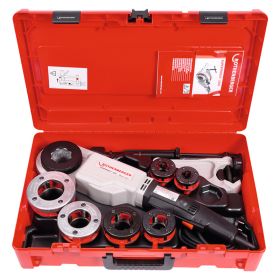
- Direct seating with tension ring locking
- Constant power transmission at full load
- Handy, portable, user friendly & easily maintained threader
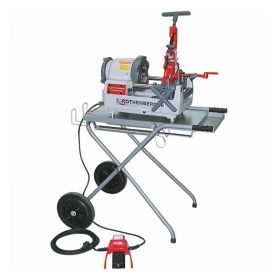
- Type-R cutting head (automatic with integrated oil supply)
- Lightweight and mobile transport base can also be used as a work table
- Two jaw sets: ½” – ¾” and 1” – 2”
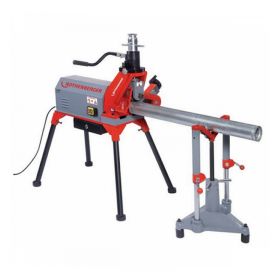
- Quiet and powerful 1500-watt motor
- Hydraulic pump delivers accurate jaw adjustment
- Fine adjustment control for setting precise groove depths
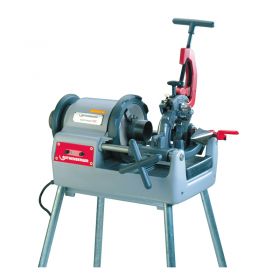
- Universal die head mounting (standard or automatic)
- Fast axial alignment of the pipe
- Impact hammer chuck eliminates pipe slippage
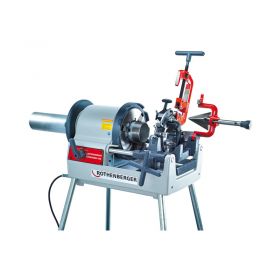
- Delivers complete, burr-free tube preparation and finishing
- Maintenance-friendly design for reduced service and repair
- Universal die head mounting
About Pipe Threaders
Pipe threaders are one of the essential tools that have the ability and precision to cut threads on the ends of a pipe to both the female and male attachment. The threads on the pipe fit into a pattern of threads in the connector, allowing users to screw the two components together by hand. This device allows installers to complete plumbing projects quickly and also serves as a handy tool for emergency or repair work.
Pipe threader machines come in various sizes and designs, but they all operate on the same basic principle. A cutting die is attached to the end of the machine, and this die cuts the threads onto the pipe as it is rotated. The size of the die determines the size of the threads that will be cut, and different dies can be swapped out as needed.


